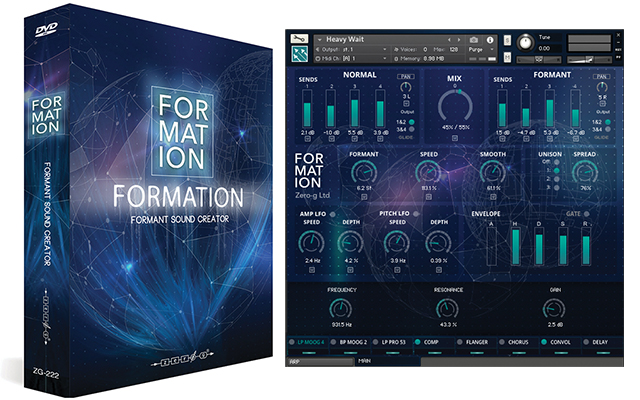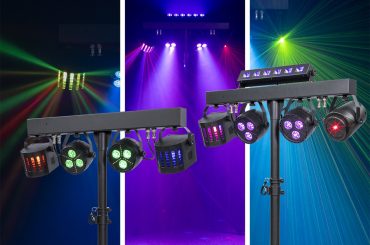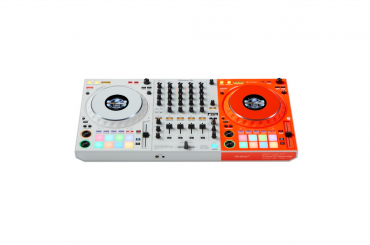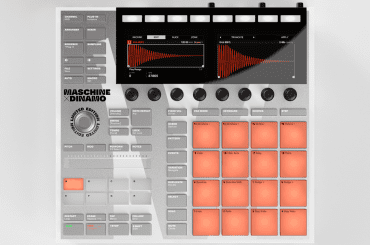Over the last few years, sound design has carved out its own little niche within music production, with companies spawning elaborate libraries, some of which take advantage of the Native Instrument Kontakt engine as the playback vehicle.
One such library is Zero-G’s Formation. For those of you who may not have heard of Zero-G, the U.K.-based company has been a major player in the sample library game since the early days of loop libraries. Its libraries are robust, they sound great and they’re extremely useful in taking your tracks to the next level.
What It Is: At its core, Zero-G’s Formation is a combination Synth and ROMpler, which means it allows you play the original sampled sound, or use it as the basis for an entirely new modulated sound. A second voice is added to each instrument, and you have the ability to manipulate the formant data of the second voice to generate additional audio.
This is done in the same way that you would create a new sound, using oscillators, etc., but Formation uses the data from the sampled instrument in lieu of an oscillator.
In addition, with the four effects-sends that are available for the original sound, users have the luxury of four additional effects sends for the formant sound. Each one of the effects slots can contain chorus, flanger, filters, EQs, distortion and convolution reverbs.
What’s In It? Zero-G’s Formation contains 2.5 Gb of 24-bit content, resulting in over 250 nki file for Kontakt. I would like to point out that you have to own the full version of Kontakt 5.5.14 or higher, the Kontakt “free player” will not work and should not be used as a substitute.
Formation is available via download and is segmented into separate .rar files, so make sure that you have a .rar expander to access the compressed folders for installation.
The Interface: Formation’s interface is well designed and very easy to navigate. Use the “Mix” knob that lives between the normal sound and the formant, and blend to taste.
I found myself pushing the knob more and more to the formant side as I auditioned patches. There was something about the “edge” that the formant introduced into the layer that I loved. Effect sends are easily accessible and the effects themselves reside at the bottom of the interface. Simply click on the effect and you have access to its parameters.
My favorite tool is the arpeggiator, which can add some rhythm and groove to your sounds. What separates this arpeggiator from others is that you have the ability to generate different patterns for different notes of a chord. In a three-note chord, for example, each note can have its own independent pattern. If you’re not comfortable or experienced using an arpeggiator, do not despair. Formation has a nice assortment of preset patterns, which can get you started.
What Else? Other important features to mention are Unison Mode, Amp & Pitch LFOs and fully automatable MIDI controllers. With an MSRP of $69.99, Formation is a great buy, and runs very smoothly within Kontakt. Well done, Zero-G!








